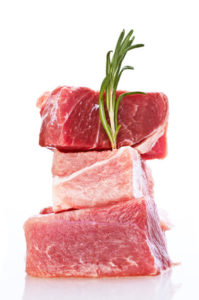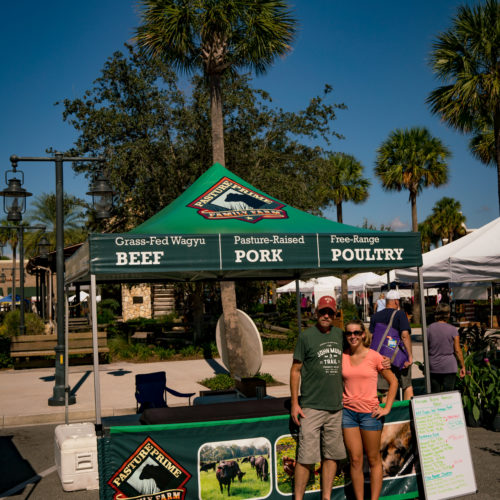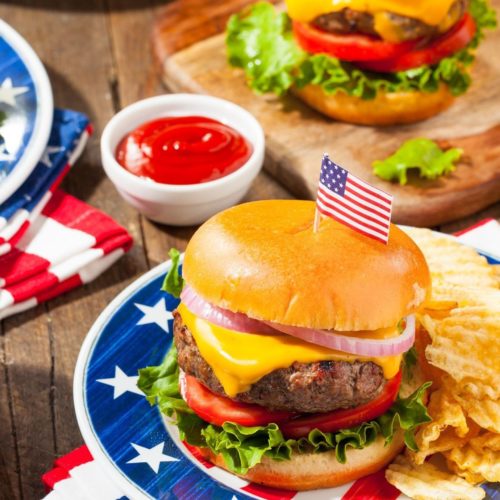
April Fools Day is just around the corner and we want to debunk some common misconceptions about the cooking of meat and poultry. Some may be labeled as “wives tales,” but some may have come factual basis. .
Experts have debunked several common misconceptions.No more FOOLING AROUND, let’s see how you score
1. Searing meat will seal in the juices. T or F
-as you can clearly see, even after you have “seared,” juice leaks out from your meat as it rests. However, searing does boost meat flavor by causing The Maillard reaction, which is a chemical reaction between an amino acid and a reducing sugar, (… i.e.,caramel made from milk and sugar; the browning of bread into toast; the color of beer, )… creating additional flavor compounds in your meat.
2. Steaks should be turned as little as possible during cooking. T or F
–steakhouse chefs do exactly the opposite. They turning meat often to create a more evenly browned and flavorful crust over the entire surface of the steak. Turning a “grilled” steak only once confines browning to the grill marks exclusively and does not deliver as much flavor as an evenly browned crust.
3. All rare meat is BLOODY T or F
-while it is common to refer to juicy, rare red meat as “bloody,” there is no actual blood in meat. Blood is contained within the animal’s circulatory system, which is separate from the muscles which we eat as meat. The red liquid is a combination of water and protein, particularly iron-containing “myoglobin.” This gives meat its red color while delivering and storing oxygen in muscle tissue.
4. Pork or Chicken turn “white” when safely cooked. T or F
-temperature is the only accurate measurement of doneness – color is totally unreliable. USDA guidelines state that as long as pork is cooked to 145 degrees and chicken reaches 165 degrees they are perfectly safe to eat. While both pork and chicken will become paler as they cook, the myoglobin – the red protein in meat – can maintain its red or pink color at the above recommended temperatures. Also, the softer, porous bones of younger animals can leach iron-containing pigments from the bone marrow into the meat causing it to darken.
5. Meat labeled “natural” is free of antibiotics T or F
-the USDA and FDA have only LOOSELY defined “natural” as there being no added colors, artificial flavors, synthetic substances in meat and that meat can only be minimally processed (another undefined term). However, there is no apparent enforcement of the terms usage. However, none of these details pertain to animals PRIOR to slaughter. Meat labeled “natural” may come from animals which have been treated with antibiotics, fed GMO corn, and/or raised in a CAFO (Concentrated Animal Feeding Operation) i.e. “factory farm.” Most consumers would not consider these conditions as “natural.” Even “botulism” is “natural.”
6. Fat is What Makes Meat Taste Juicy T or F
-water which is bound to the protein in meat is the only substance that makes meat taste juicy. Fat, however, can make the meat “taste” juicy by triggering a salivation response. Fat is a concentrated form of calories & humans are evolutionarily primed to seek out energy rich foods. We salivate upon the anticipation of eating fat and the moisture in our mouths makes the meat seem juicier.
We hope you got a PERFECT Score!!
This material adapted from The Science of Good Food by Joachim & Schloss







